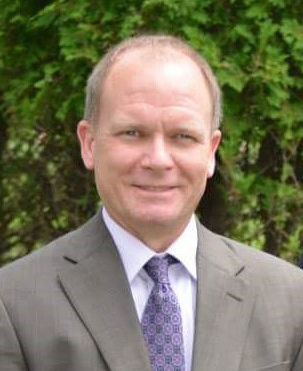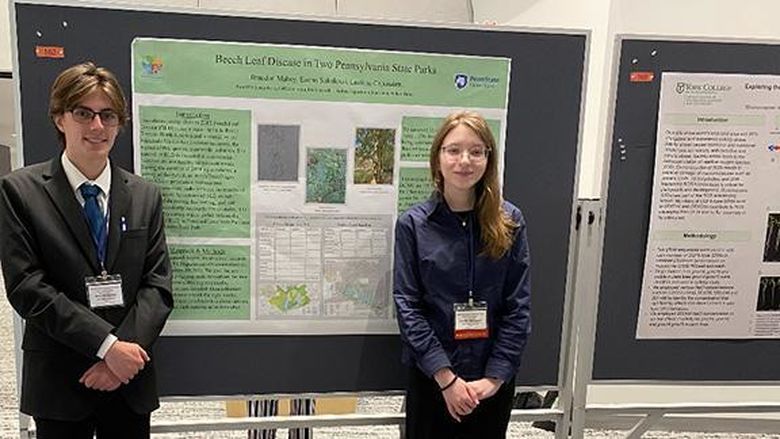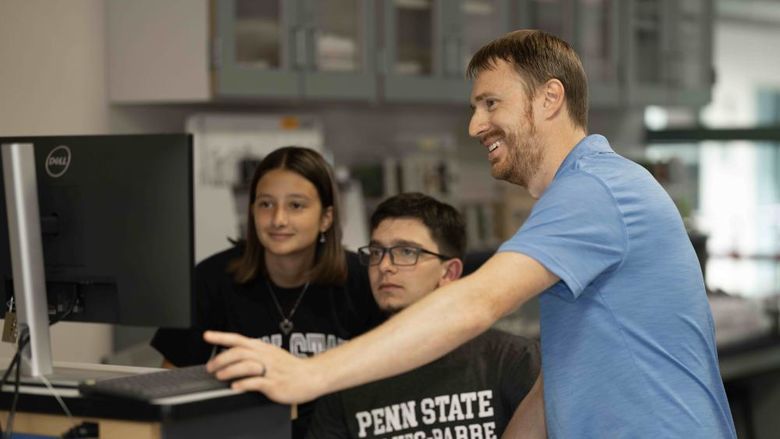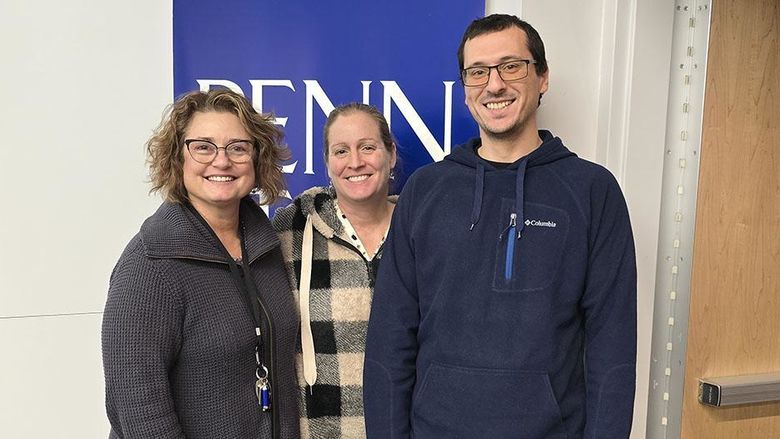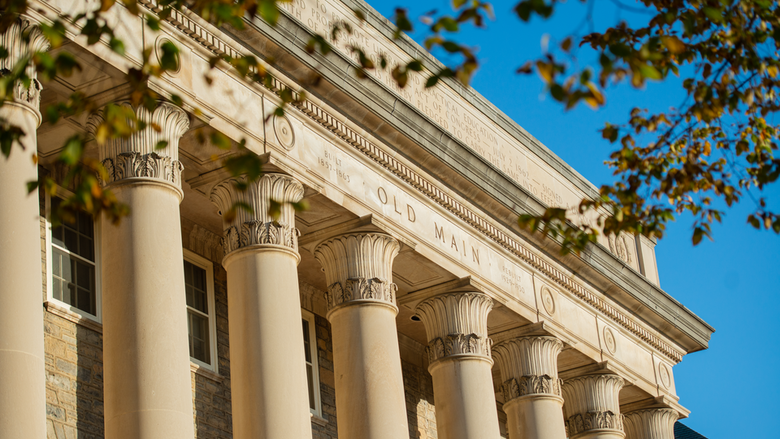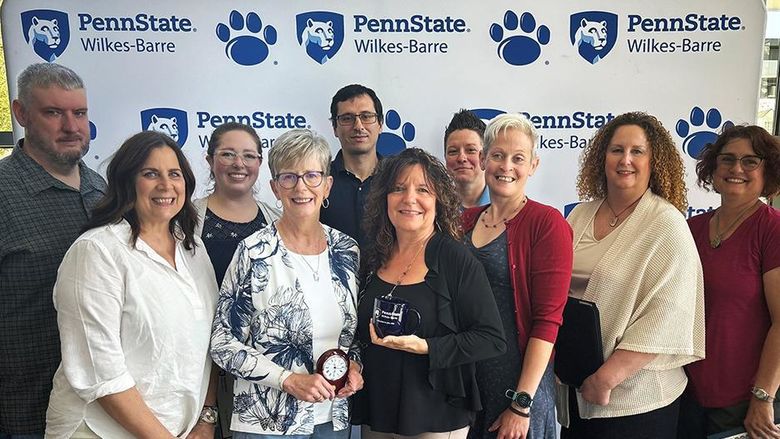
DALLAS, Pa. — Jeremy Olson, assistant professor of criminal justice at Penn State Wilkes-Barre, has received international recognition for his research in the field of restorative justice, a philosophy that believes that people can and should live in ways where they avoid doing harm to each other. If they commit harm to each other, restorative justice practices then allow the people impacted to work together to repair and transform the harm in ways that protect each party.
Olson led a group of researchers on a project that reviewed how American schools were implementing restorative justice into their discipline practices. The team’s work, "Assessing the restorativeness of American school discipline programmes," was published in The International Journal of Restorative Justice. It won the 2023 Best Paper award presented by the Restorative Justice (RJ) Working Group at the 23rd Annual Conference of the European Society of Criminology in Florence, Italy.
“This was a good recognition of our team’s work, which took more than four years from start to finish,” Olson said. “The Best Paper award helps us know that we are on the right track as we work to advance the scholarship of restorative justice around the world. My team and I are grateful to the RJ Working Group at the European Society of Criminology for recognizing us.”
Olson’s team included researchers from Texas and Australia, whom he met in his role as an associate editor for Criminal Justice Policy Review, an academic peer-reviewed journal. Olson has been practicing, studying and teaching restorative justice for 30 years.
“The study came about after several attempts to qualitatively understand how American schools were doing restorative work,” Olson said. “Our other attempts kept leading us to a belief that there is much confusion about what restorative justice means, especially in the schools themselves. Because of that, we wanted to ensure that we were assessing restorativeness in a way consistent with the larger literature on what makes up the restorative elements. That led us to using the Restorative Index as the tool to assess RJ programming in schools, and we became the first publication to use the index to do so.”
The Restorative Index was developed by Olson and Rebecca Sarver, assistant teaching professor of criminal justice and program coordinator for the Penn State Wilkes-Barre criminal justice program.
“It was during Dr. Olson’s earlier work in assessing school programs that he and I realized there was a real need for researchers and policymakers to be able to consistently assess which restorative elements appeared in efforts to reduce harms,” Sarver said. “We reviewed current and historical literature on restorative justice to look for recurring themes and elements. From that work, we developed the Restorative Index. It is the first instrument to comprehensively assess what elements are included in restorative efforts.”
Using the Restorative Index led Olson and his team to find a wide range of restorative practices in American school discipline efforts. Olson said the team was not surprised to find that variety.
“In fact, it is exactly what we expected to find given our earlier efforts,” he said. “One of the maxims in restorative justice is that its practices are supposed to be individualized to the people and the harm. Yet, to us, one of the most interesting findings was that while 92% of the programs we studied clearly stated that identification of a harm was important to their effort, only 17% of programs had a clear mechanism to rebalance identified harm to assure physical and emotional safety of the effected parties. This suggests that there is more work to do in making sure that restorative processes are carried through to their natural ends.”
Penn State Wilkes-Barre’s criminal justice program embeds restorative justice, which is built on the traditions of indigenous and first nations people, and its practices throughout the curriculum. Olson and Sarver are also two of just a few researchers across the world who are working to integrate the philosophy of restorative justice with the science of happiness. Students in Penn State Wilkes-Barre’s program learn the philosophies behind both these fields. They also practice several techniques to help others prevent and overcome harm by understanding and improving happiness.
“During classes, we talk in a peaceful and respectful manner about what was wrong and how to fix it, concentrating on being respectful and tolerant of everyone’s perspective," Olson said. "Sitting in a circle face to face and getting to know other people and their beliefs comes right from restorative indigenous practices. Restorative justice works as long as the people impacted are willing to get together and talk it through. We want to have the students to learn various and diverse values and societal norms and put them in an environment where they can be comfortable expressing their norms and values. Using these practices based on indigenous traditions, they get to hear things directly from other students. That is much different that just reading about it in a book.”
